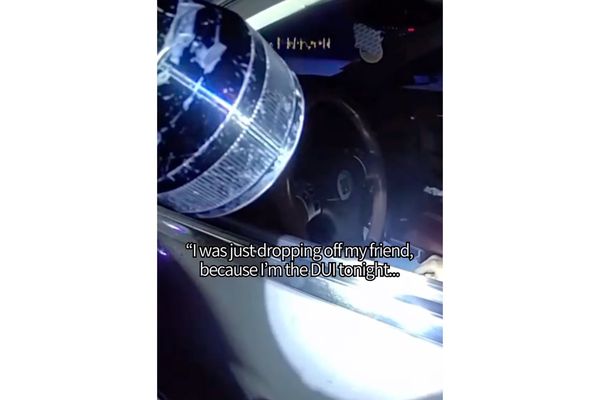If Dr Michael Mbaogu closed his medical centre, about 20,000 people would lose access to one of the only healthcare services in town.
With just five full-time doctors struggling to service that population in the outback city of Mount Isa, Dr Mbaogu says his business, like many rural practices, is barely staying afloat.
"I have never known it to be this bad in the regions, and that is right across the country," Dr Mbaogu said.
His situation and the reality of rural residents, who can pay twice the amount for prescriptions than city counterparts and wait weeks to see a doctor, is a tale as old as time, he says.
But time is running out.
After a new report revealed the industry is grappling with the biggest workforce shortage in the country, experts are scrambling for solutions on how to recruit more doctors to the regions.
Despite inflated salaries, free houses and cars on offer to rural doctors, it has been impossible for Dr Mbaogu to entice anyone out to the country.
"I can't even get a doctor in training out here," he said.
Experts say solutions lie well beyond hefty pay cheques.
Tech focus and boost to 'bedrock' of health
For up-and-coming doctors, the general practice industry offers a dismal career pathway, Dr Mbaogu says.
"General practice is the bedrock of healthcare in Australia. We see more patients than any other level of care," he said.
"Yet doctors entering the industry are looking to the specialties because that is where they can make the most money."
The government needed to offer better wages and funding for the primary healthcare sector to build a stronger workforce in general practice, Dr Mbaogu said.
"The current funding is a joke," he said.
Last year, the North West Hospital Health Service (NWHHS) finally recruited a doctor for the rural town of Julia Creek, after years of relying on locum services.
While a sizable salary and free house sweetened the deal, the organisation said marketing the rural lifestyle and the promise of state-of-the-art technology got the applicant over the line.
"Our focus has been selling that point of difference regarding the outback lifestyle," said NWHHS acting chief executive Sean Birgan.
"Technology also comes into play.
"Some of our junior staff tell us that the equipment we have here, for example our endoscopy devices, are better than the equipment they use in Brisbane city hospitals," Mr Birgan said.
"That will attract staff because they want to be a part of the latest technology and innovation."
Red tape on foreign doctors
COVID border closures saw a huge decline in the number of international medical staff migrating to Australia, Mr Birgan said.
"It has meant we have not been able to recruit doctors like we usually would and that is still an issue today."
Dr Mbaogu said the barriers faced by foreign doctors should be eased.
"They are met with too much red tape and bureaucracy despite the fact that they are qualified to an acceptable standard," he said.
If drastic measures were not introduced soon to ease rural doctor shortages, it would be the residents that copped the biggest blow, he said.
"If things continue like this we will struggle to keep providing our services.
"Rural towns will suffer even more than they already are," Dr Mbaogu said.







